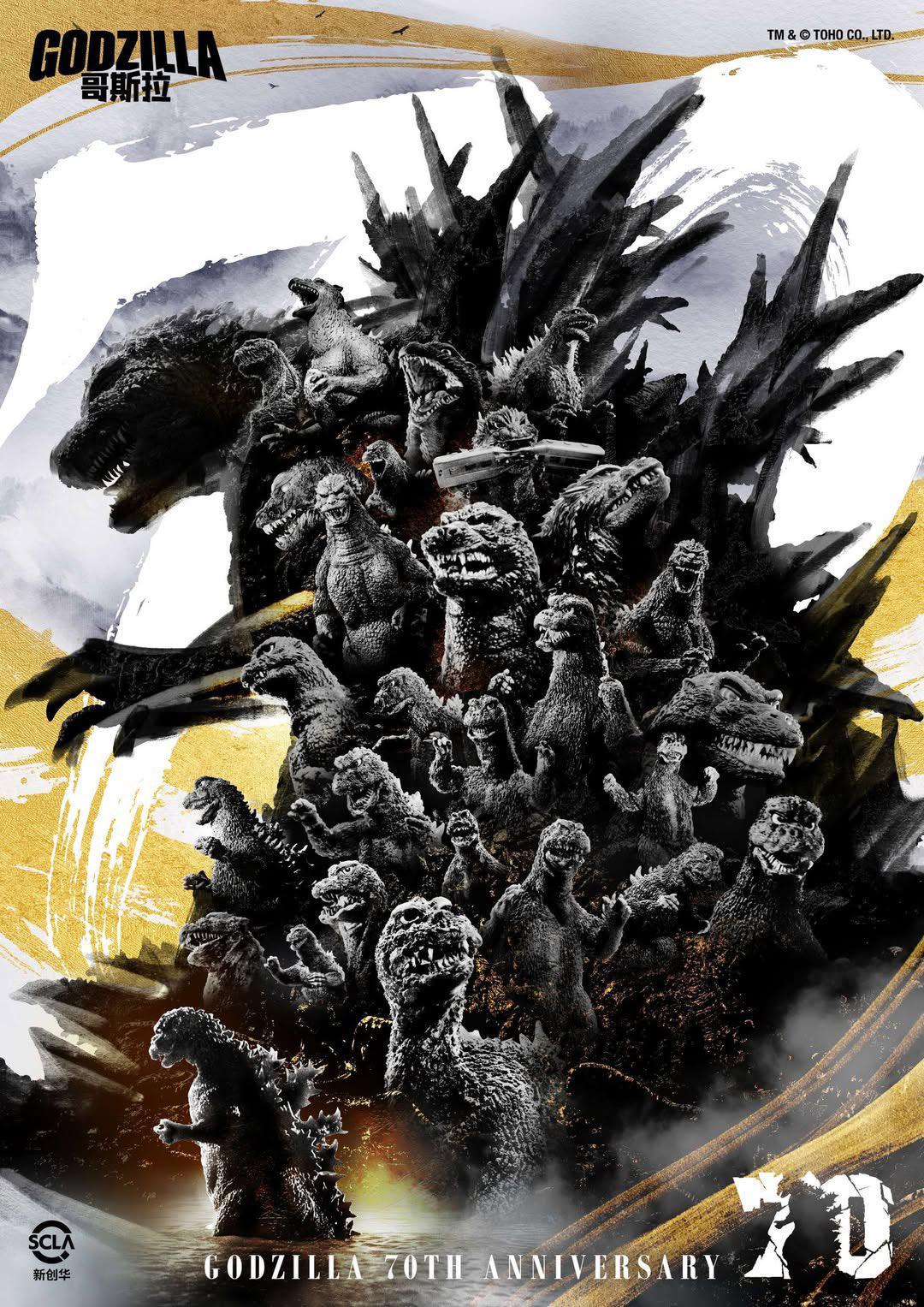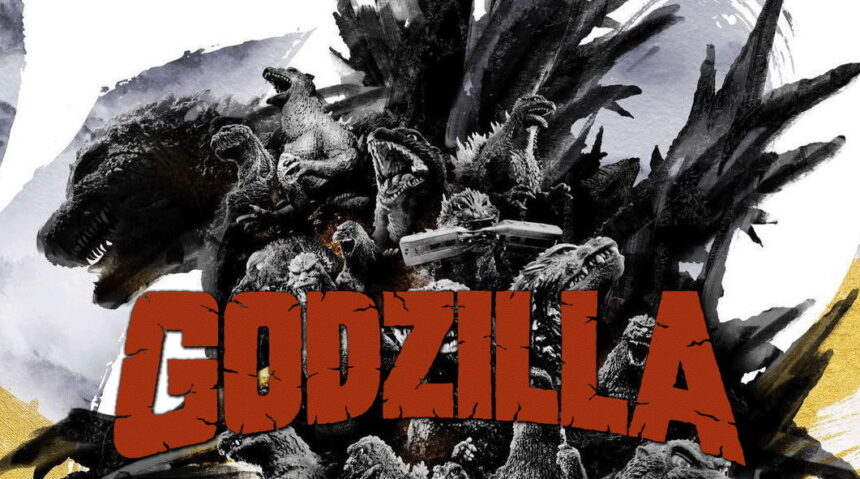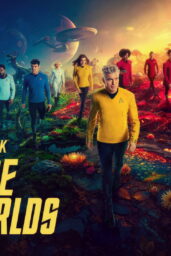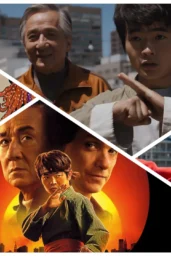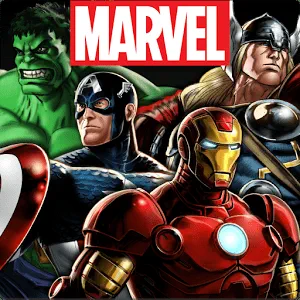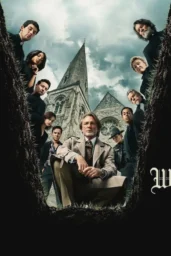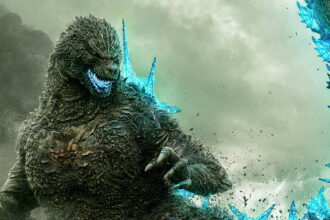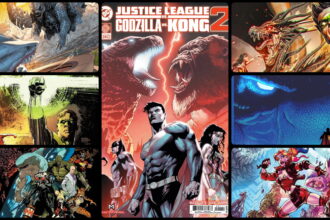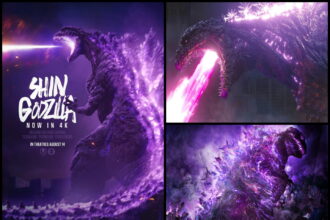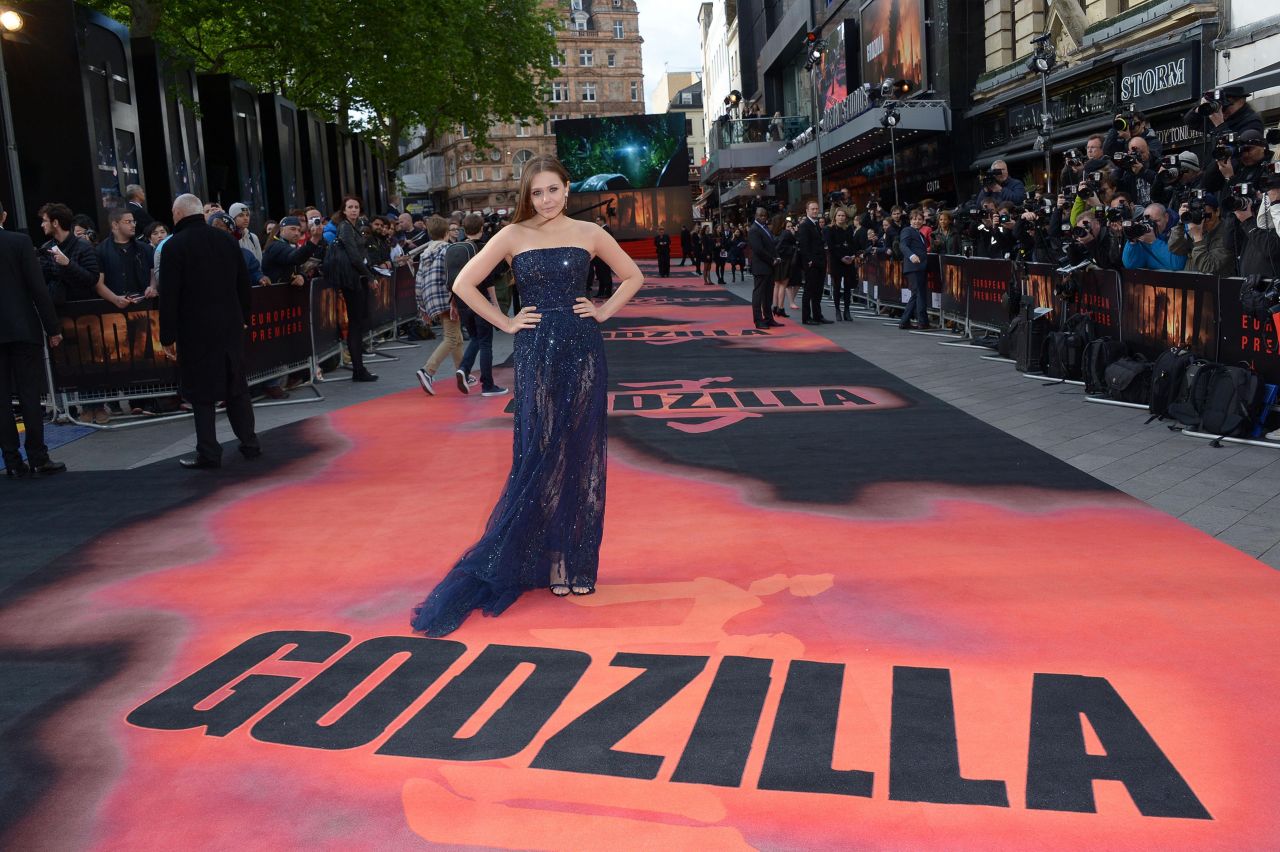I remember the first time I saw Godzilla roar across a theatre screen in the '80s—primal, frightening, unforgettable. This new poster doesn't try to recapture that lightning. Instead, it's a modern silhouette: Godzilla carved in jagged black, enormous, brooding, framed against a stark, possibly golden or neutral backdrop. It's less monster, more myth.
What Happened
To commemorate Godzilla's 70th anniversary, Toho and SCLA (Shanghai Contemporary Label Archives) have unveiled this official poster. It serves as the visual emblem for a series of new exhibitions and events rolling out across China in 2025.
Why It Matters
This isn't just about nostalgia. It's a strategic cultural positioning: Godzilla, a Japanese icon born of post-war angst, is being recast—literally—as part of contemporary Chinese exhibition culture. That contrast has teeth.
It signals how legacy franchises adapt. Godzilla has been a cinematic staple since Gojira (1954). Now, 70 years on, he's a subject for curated art exhibits, fashion tie‑ins, even heavy-hitter retail projects.
Poster Compared
Poster-tier keeps evolving. This one ditches the painted chaos of early Japanese posters, and avoids the hyper-real CGI monsters of modern Hollywood. What stands out is its austerity: shape over spectacle, symbolism over digital spectacle. If compared to Toho's Godzilla the Art exhibits, which opened in Tokyo in April 2025, the visual tone is consistent: thoughtful, gallery-grade, restrained.
Events & Dates
- Tokyo: Godzilla The Art Exhibition opens April 26, 2025 at the Mori Arts Center Gallery, Tokyo, running through June 29.
- China: Launch of several exhibits and events under the SCLA collaboration—poster unveiled now (May 2025). Exhibition dates haven't been specified publicly beyond “this year.”
A Critic's Take
Let's cut the fluff. The poster is fine. It is what you'd expect: minimalist, respectful of heritage, little emotional risk. If you hope for raw chaos, that thunderstorm of nostalgia—it's not here. But that's probably the point. It screams “heritage brand repositioning,” not “sensory overload monster fest.”
In my mid‑50s, I've seen Godzilla go through cycles—nuclear warning, environmental symbol, blockbuster behemoth. This feels like the latest phase: post‑bigscreen curatorial commodification. Whether that excites you or makes you sigh depends on your appetite for spectacle vs. reflection.
The poster doesn't tell you how to feel. It simply stakes a claim: Godzilla is officially an art object now, not just a monster movie. That's neither thrilling nor tragic—it's inevitable. And for better or worse, it marks a new era.
Does it work? As branding, yes. Emotionally? Only if you already bring the baggage. Would I pay to wander an exhibit under this poster's shadow? Probably. Could this design conjure that thunder of nostalgia from scratch? Not on its own.
In the end, Godzilla's tail still roars. This is just a quieter echo.
